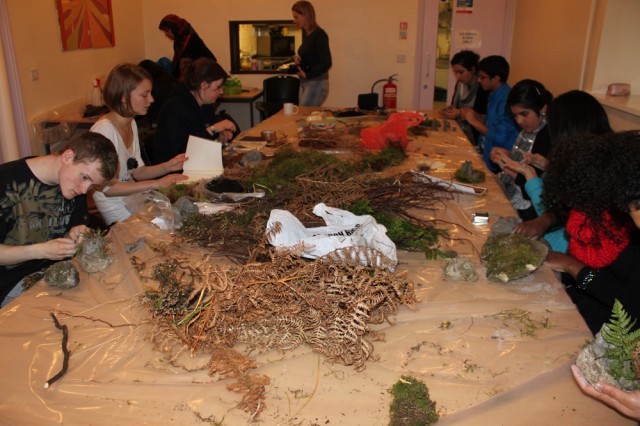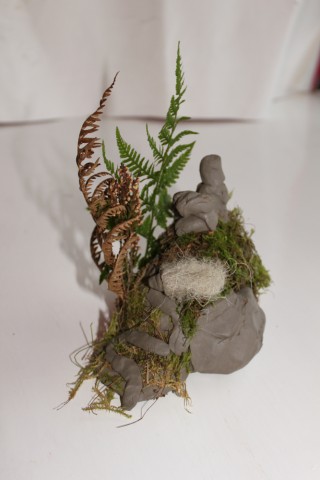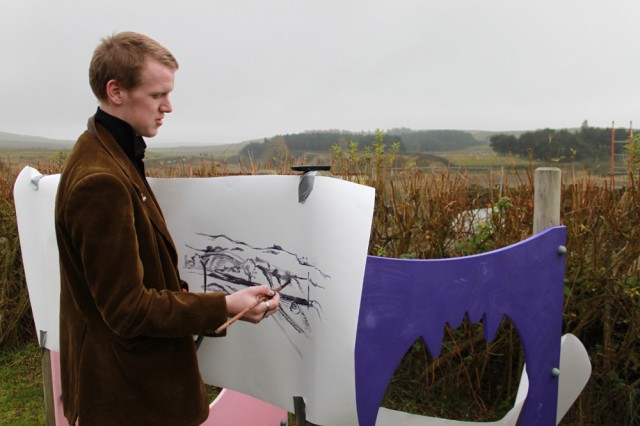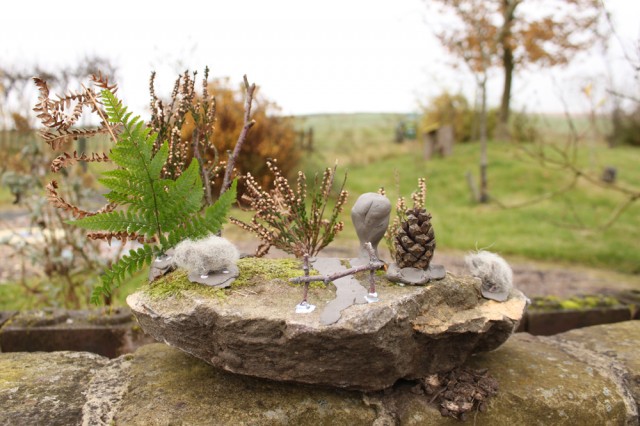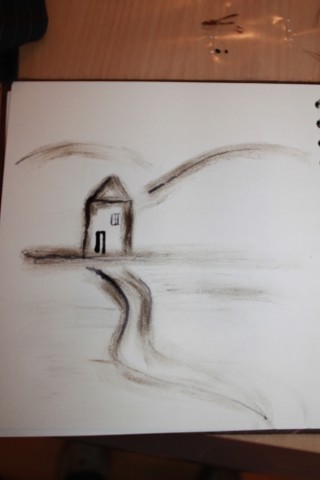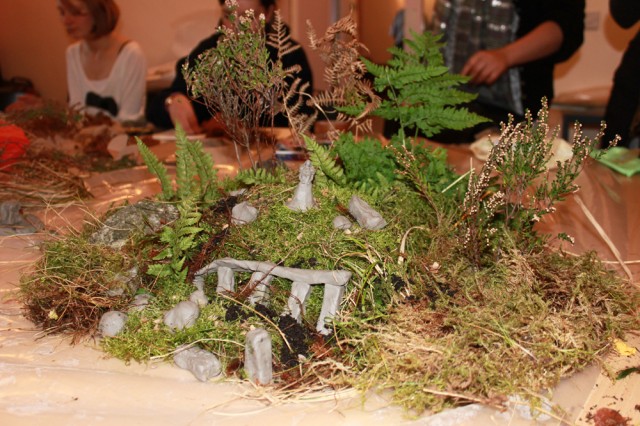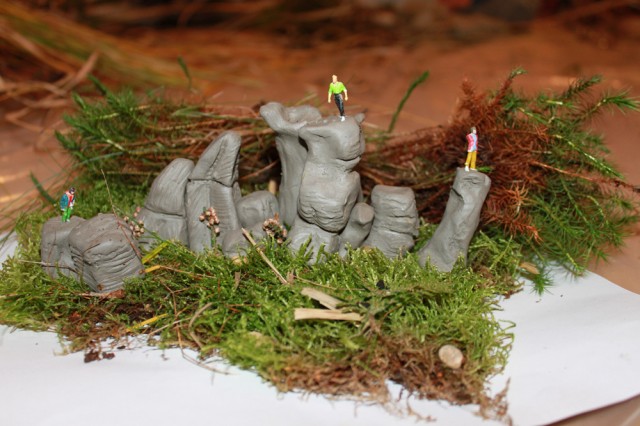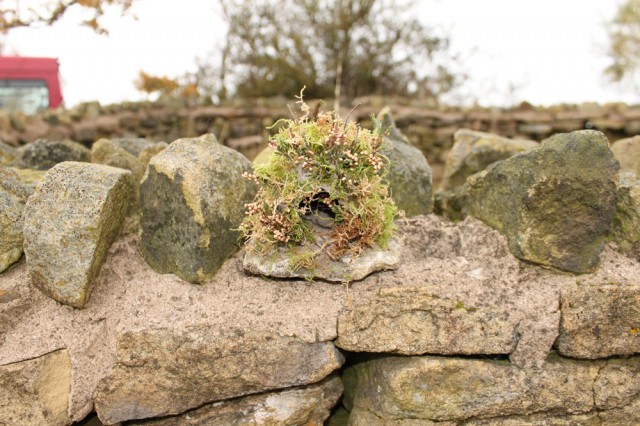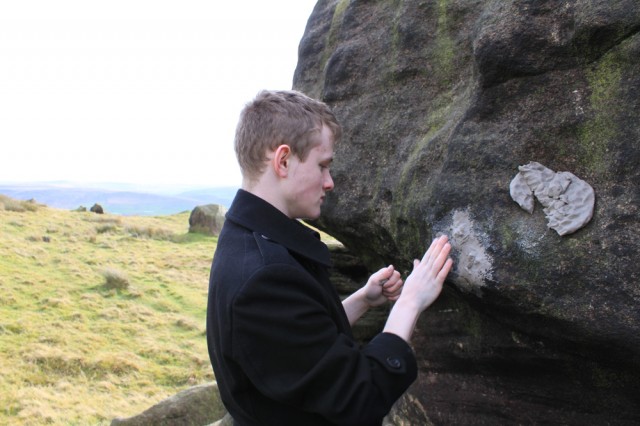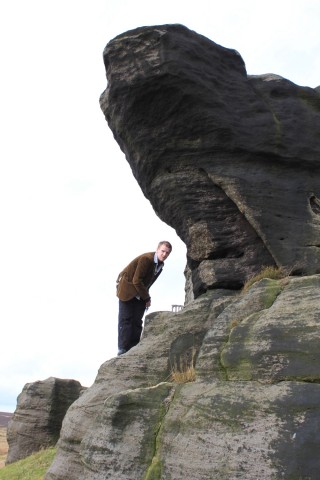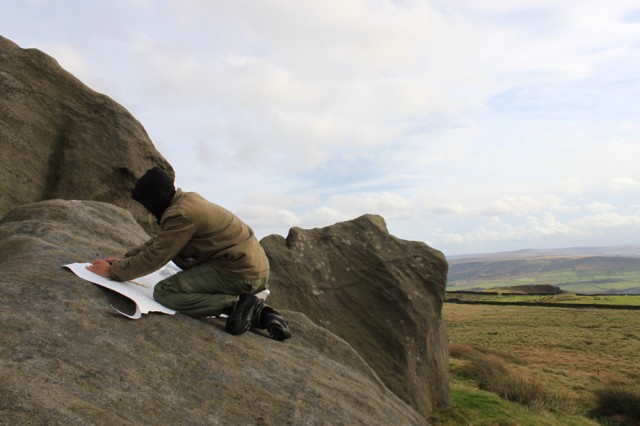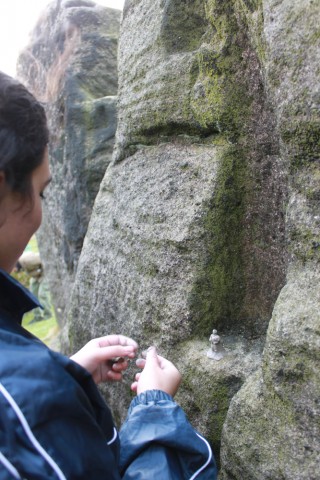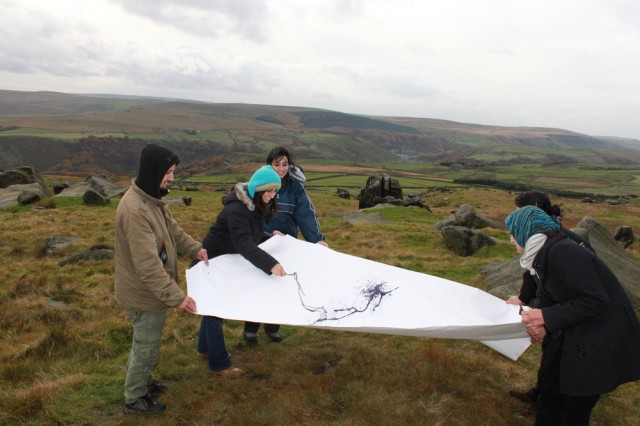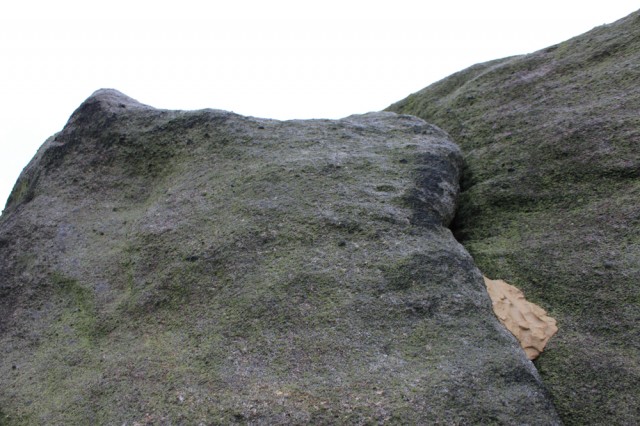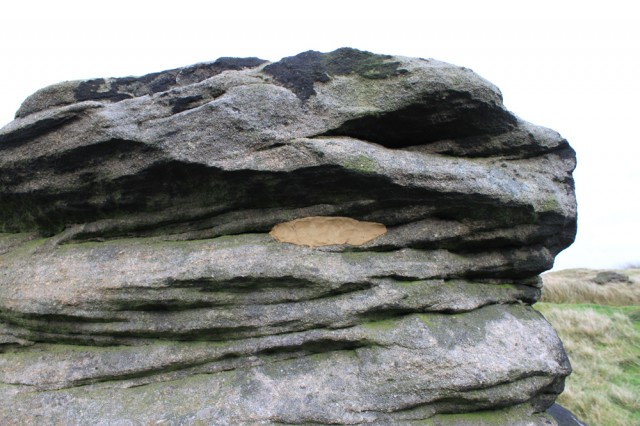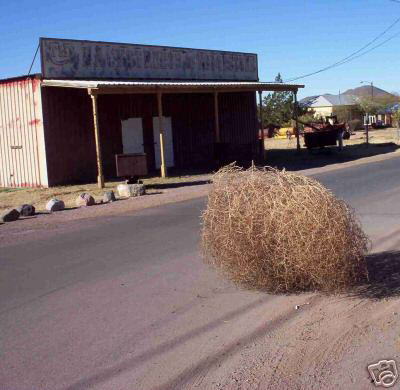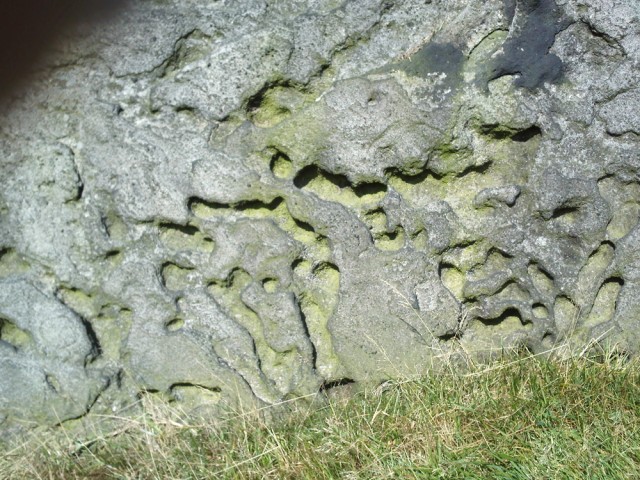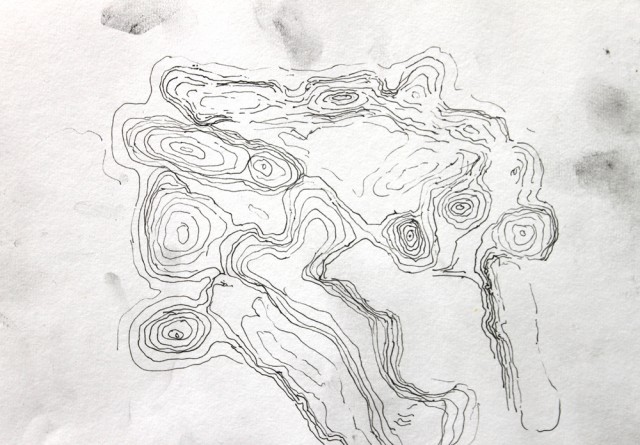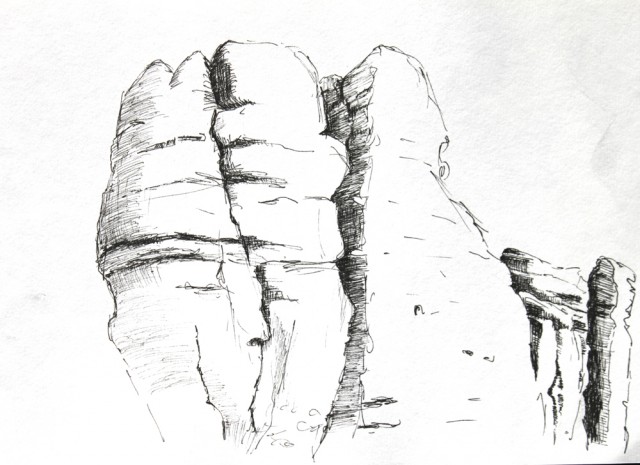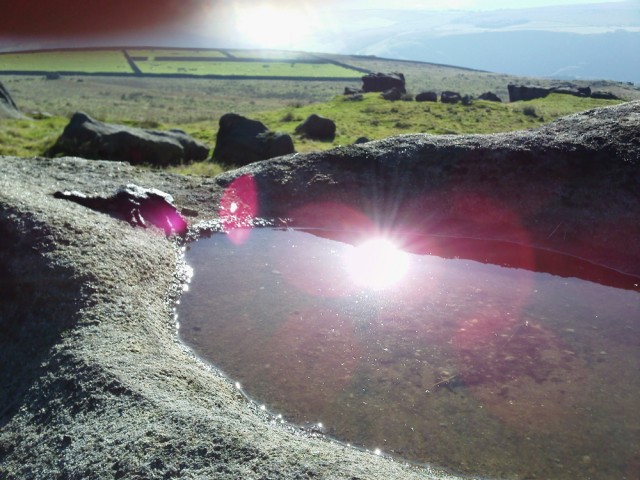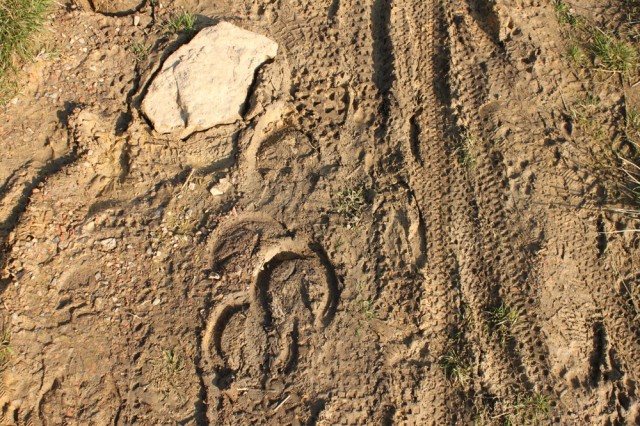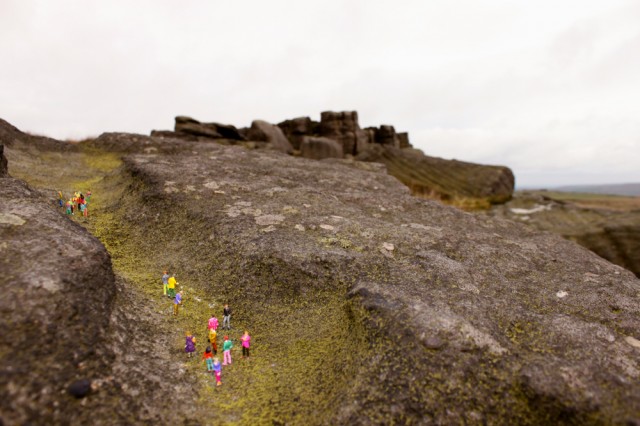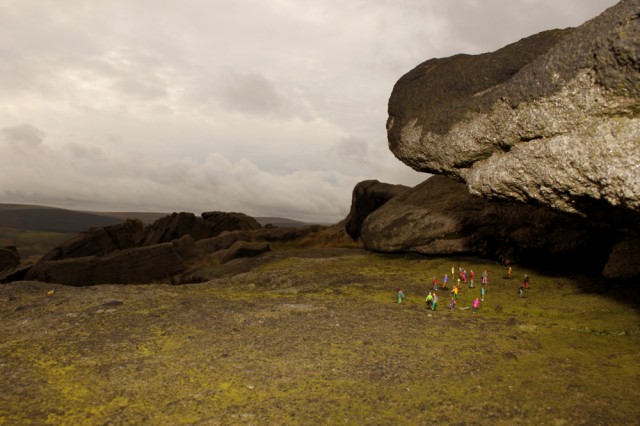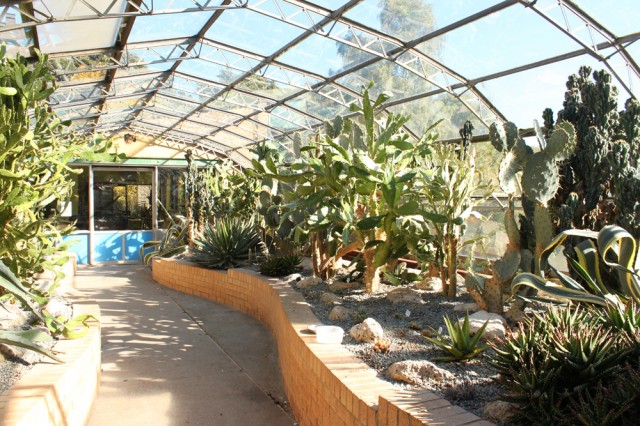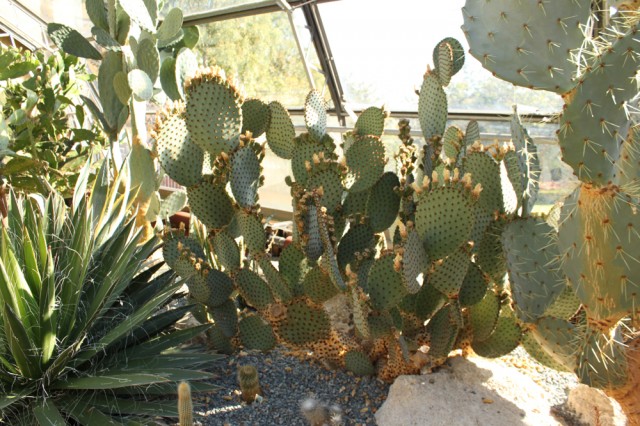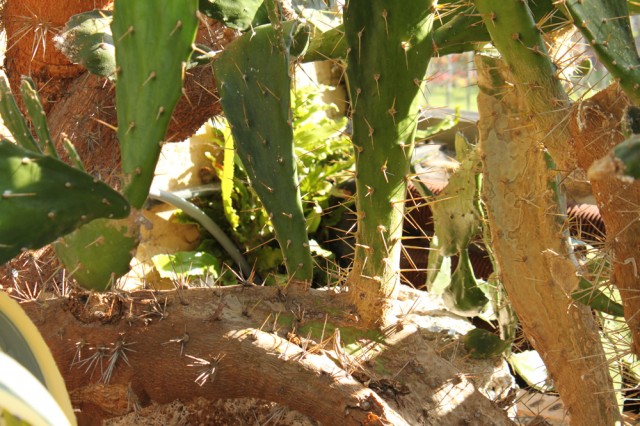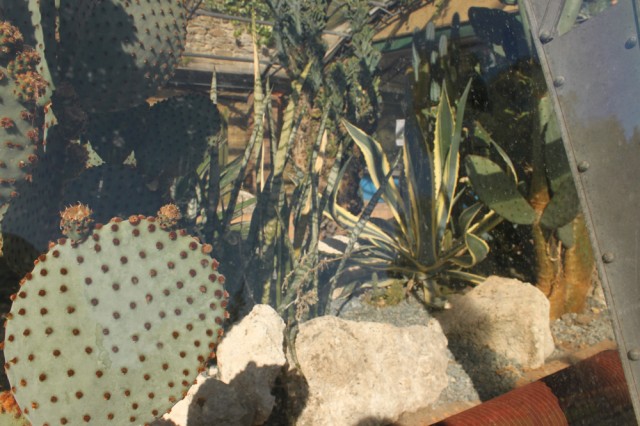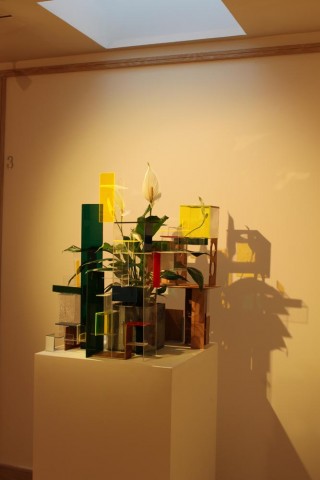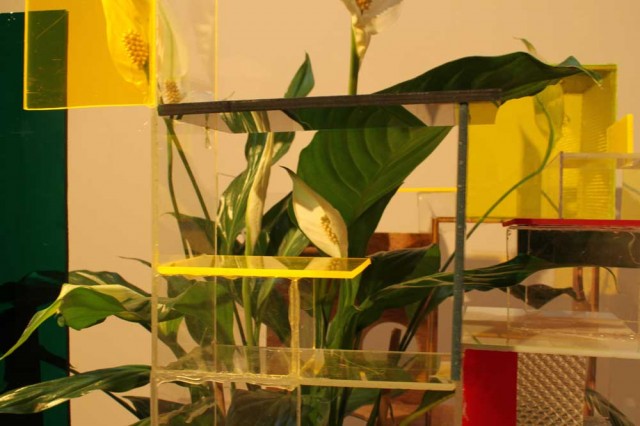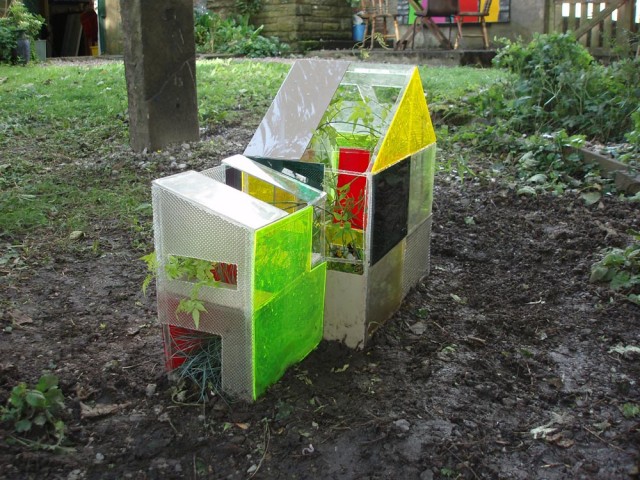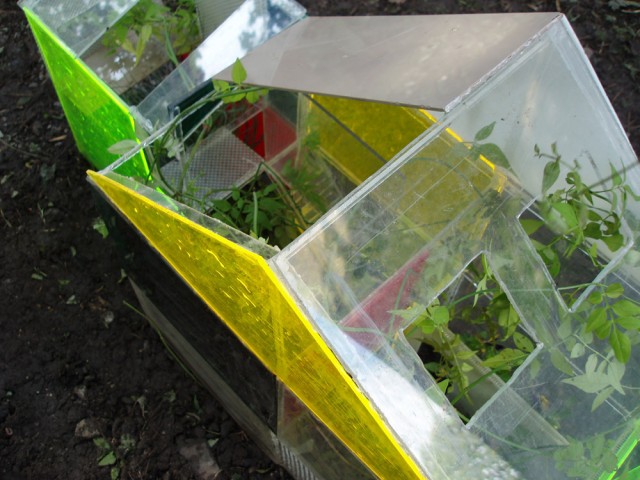This was my second visit to make work- today we focussed on a better understanding of the materials, the weather- it was a kind of intermediary before we go outdoors the next time I see them.
We decided to take all the materials outside onto the grass, where they could even slide down the small hill, on the plastic sheet I put down. I had water in variuos containers to echo streams, waterfalls (!), rain, drizzle, mist…
We listened to a cd of wind to get the focus on the outdoor/weather theme. Then we went out- then it started to rain! It got worse and became very difficult to manage. Julias idea of putting the plastic over our heads creating a shelter was great as we could hear and see the rain above our heads.
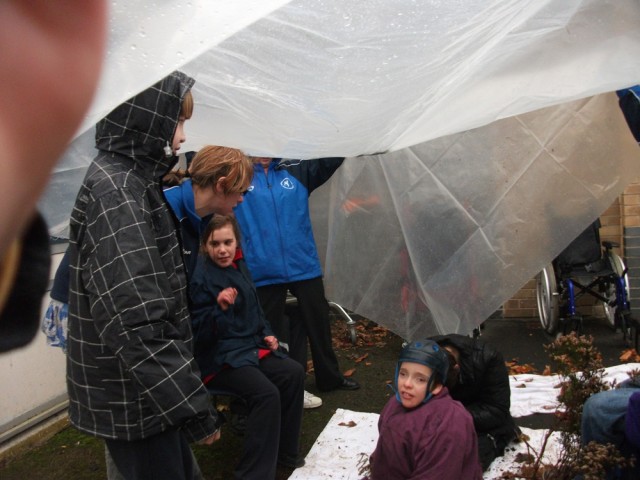
This worked and would have been better if we could have held it up , interacted with the students and took photos at the same time! Even with an almost 1:1 ratio , we still could have handled more staff!
We caved in and carried on at the table!
Good work with the paints , splashing the heather with paint on, scratching with the heather, sliding with the moss, holding & wrapping the small rocks with paper, hiding behind the bracken, waving it around, spraying a water mist (fake rain!), rocking a branch across, shaking the grit in plant pots.
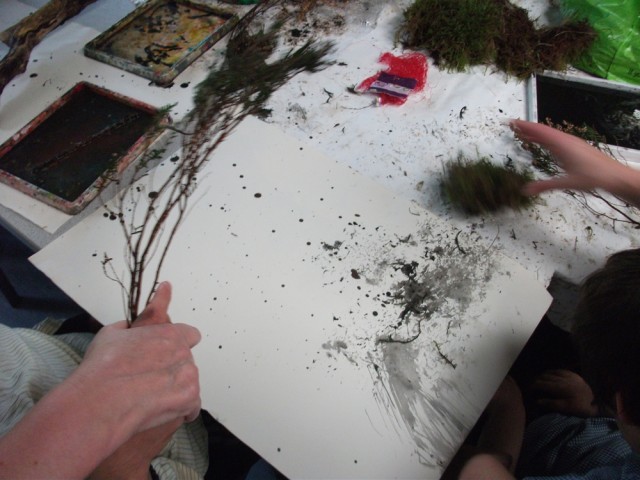
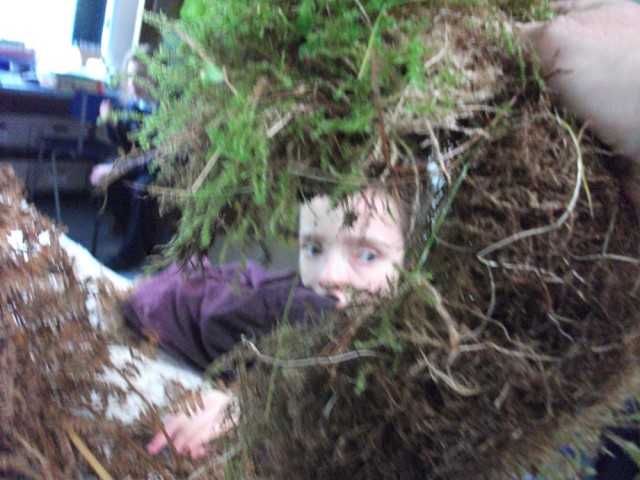
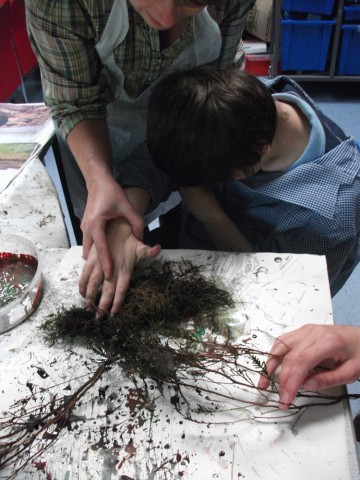
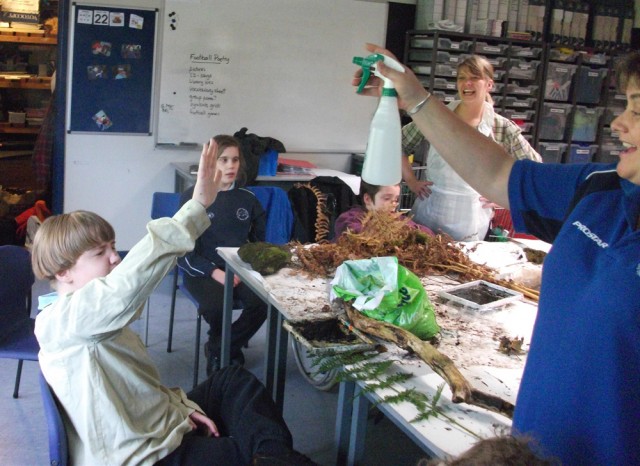
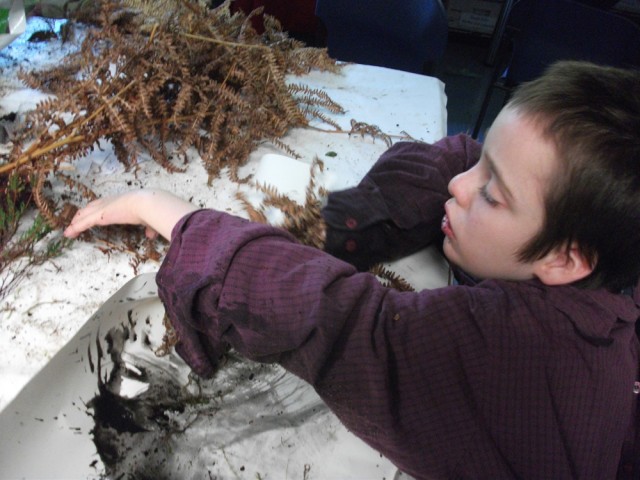
We can build on all of this when we go out to the moors.
Plastic sheet will be essential- not only to shelter under and listen to sounds but to create a parade like atmosphere as we walk along with it trailing over our heads. We’ll take long paper as well, to raw on , wheel over, make sound with , wrap rocks in, do rubbings, drop and throw materials and objects onto…..
